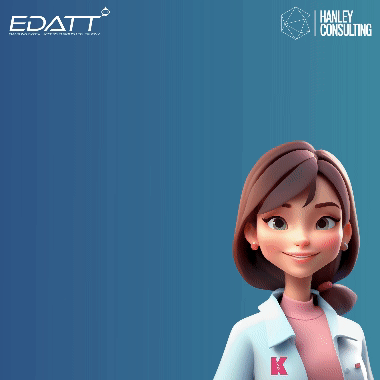Holoxica, the specialist holographic 3D visualisation company, has created the world’s first ever holographic 3D digital Human Anatomy ‘Atlas’ prototype – a stunning and realistic depiction of deeper anatomical structures which gives teaching hospitals, medical schools, colleges and research centres a detailed interpretation and perspective of intricate anatomical structures.
 The Holographic 3D anatomy atlas is a joint collaboration between Holoxica and Professor Gordon Findlater, Professor of Translation Anatomy at The School of Biomedical Sciences, the University of Edinburgh.
The Holographic 3D anatomy atlas is a joint collaboration between Holoxica and Professor Gordon Findlater, Professor of Translation Anatomy at The School of Biomedical Sciences, the University of Edinburgh.
The Atlas looks like a book, with physical pages that you can turn, and an integrated light. The light is used to bring out the holographic images which look spectacular as they pop right out of the page in full colour 3D. The hologram is explained on the opposite page using conventional 2D illustrations. The image data used to create the Atlas has been sourced from CT, MRI, Ultrasound scans and specially created 3D models to replicate a true three-dimensional understanding of the underlying anatomy and as Dr Javid Khan, CEO, Holoxica, explains, biomedical science now has access to a tool which gives trainee surgeons and clinicians a fresh perspective into identifying, diagnosing and treating a wide range of conditions like never before.
“Medical students have often struggled with a deeper understanding of the relative positioning of complex anatomical structures, for example, the location of a vein in front of a nerve, which might be located behind a tendon.
“This is the level of pinpoint accuracy and detailed precision which the 3D digital Atlas offers. And since human visual perception is inherently 3D, viewing this information this way aids a better understanding of the underlying anatomy, as well as helping recollection and recall.
Digital holograms contain a vast amount of information – a square millimetre holds around 24 Mbytes of data, which corresponds to all of the rays of light emitting from every direction to form a 3D image. By comparison, a typical smartphone has less than a thousand bytes of information in the same area. The holograms are manufactured using a special holographic printing machine, which is used to make a master hologram. The master is then replicated with no loss of resolution or quality and the 3D Atlas takes shape from there.”
Holoxica hopes the 3D Anatomy Atlas will be used by Universities around the world as a teaching aid for first and second year medical and anatomy students. For them, the challenge is understanding the true 3D nature of the underlying anatomy, so solving this issue will save considerable time and effort. The feedback from students and teachers has been positive, so far, with one Professor of Anatomy saying that this technology would have saved him months of study whilst he was an undergraduate.




